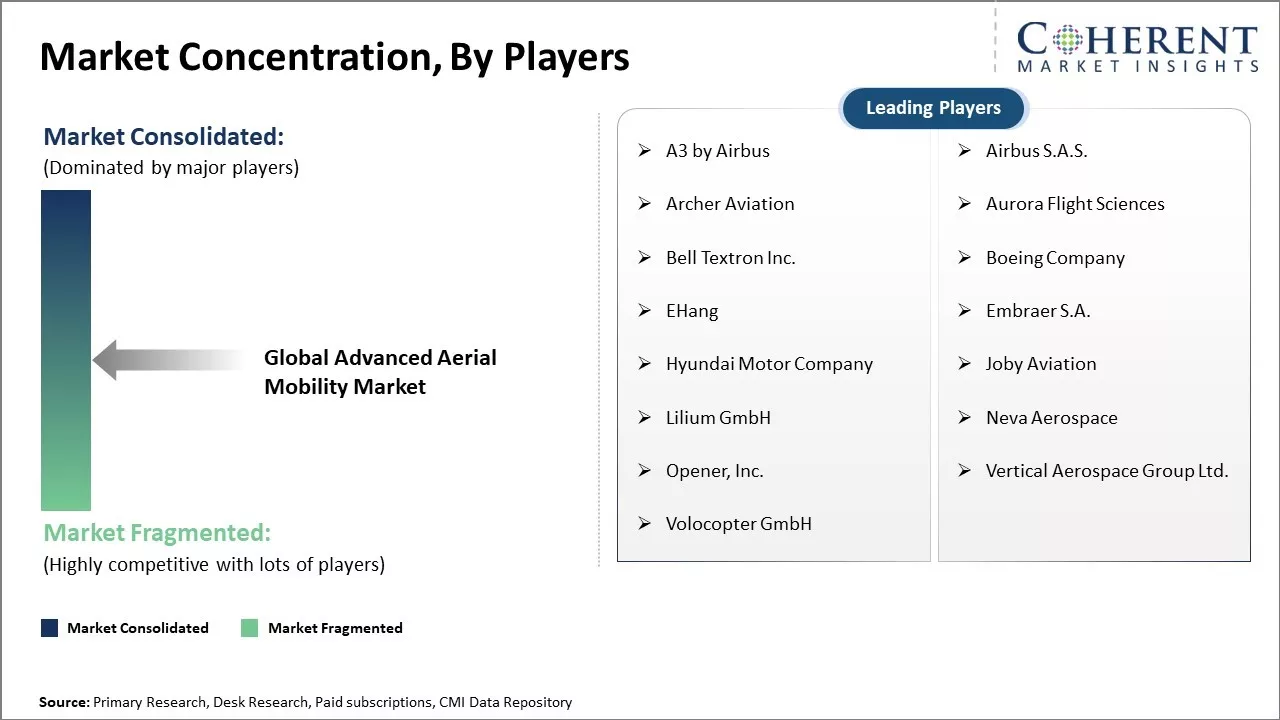
Close-monitor your Competitor's Move, Request sample copy
Advancements in battery technology and propulsion systems
One of the biggest constraints towards the large-scale adoption of advanced aerial vehicles has been limitations of existing battery and propulsion technologies. Helicopters and small planes require jet fuel or kerosene which are hazardous to handle and need additional fueling infrastructures. Hence, aerial vehicles like eVTOL have been designed to use electricity stored in lightweight, high energy density batteries for propulsion. However, current battery capacities are still insufficient for providing long range at reasonable vehicle weights. Similarly, propeller-based distributed electric systems lack sufficient power density for vertical take-off and landing as well as swift horizontal flight.
But the field of advanced batteries and electric propulsion has been progressing at a relentless pace driven by electric aviation as well as surging demand from electric vehicles on roads. Nanotechnology, materials science, and battery chemistries are under deep research worldwide to develop battery packs that can store much higher energy levels safely while retaining excellent power output characteristics during flight and landing. At the same time, companies are innovating propulsion system designs leveraging technologies such as distributed electric propellers, ducted fans, and advanced motors that enhance vehicle range, agility, and efficiency.
Joining thousands of companies around the world committed to making the Excellent Business Solutions.
View All Our Clients